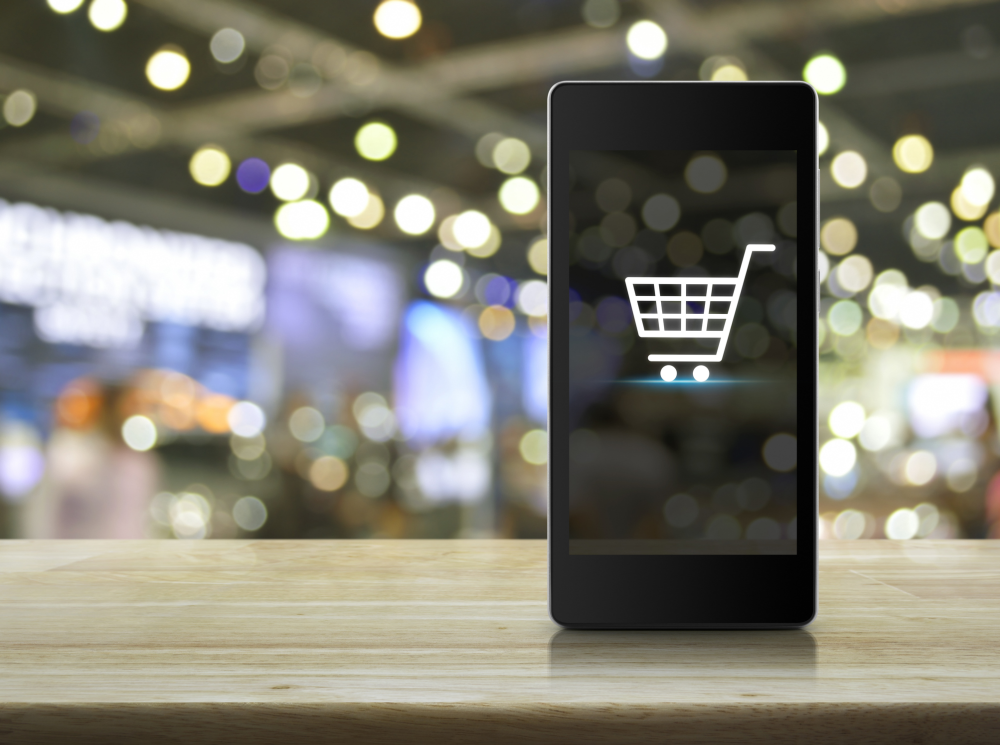
We can't say it enough times: to be successful in eCommerce today, your website needs to be mobile-ready — a.k.a. responsive. A mobile-ready website functions equally well across all platforms and devices, whether the customer is using a desktop computer or a smartphone, or anything in between. Your online store should adapt to every screen size without sacrificing clarity of information or ease of checkout.
But is your site really mobile-ready? Even a responsive design can encounter problems that cause a frustrating experience for your visitors, and if that happens, they're more likely to bounce than to buy. Your eCommerce website needs to be fully optimized for mobile use, and that goes beyond the visuals.
The Biggest Mobile Traffic Killer
We've discussed before that people have different reasons to abandon a web page. Maybe they discover a frustrating payment experience. Maybe the products are categorized poorly and the customer can't find what they're looking for. Maybe they just don't think they can trust the website with their information. These are all issues that need to be addressed (and fortunately, can be fixed), but they're not the primary reason that visitors on mobile navigate elsewhere.
So what is the biggest killer of mobile traffic? Website load times.
- 53% of mobile visitors bounce from a site after only 3 seconds. That's far too short a time to discover a poor purchasing process or any other reason not to like a website. It's clear: over half of all mobile visits are abandoned within 3 seconds due to loading speed.
- In fact, 50% of visitors expect a site to load in 2 seconds or less. And as any experienced retailer knows, customers hate waiting.
- While mobile shopping is extremely popular and continues to grow every day, 46% of mobile shoppers say that page load times are the worst part of the experience.
How bad is it, really? A For visitors using a 3G or 4G network:
- 77% of mobile websites take over 10 seconds to load.
- Average 3G load time is 19 seconds.
- Average 4G load time is 14 seconds.
The answer is that it's pretty bad.
Customer Reactions
Take those average loading speeds and compare them to customer expectations. Mobile shoppers who can barely stand to wait longer than 3 seconds (and in fact would prefer only 2), and have gone on record that load times are the worst part of mobile shopping, are being forced to wait an average of 19 seconds for pages to load — almost ten times as long as they'd prefer (and that's just the average, not the extreme). This tells us that out of the 47% of visitors that don't bounce after 3 seconds, most of them are barely tolerating the wait. This gives us some valuable perspective.
Slow websites are frustrating and lose credibility, and even a customer who puts up with the tedium to make a purchase will probably not want to come back and go through it again. But how much better do faster-loading sites perform?
In a comparison between data from mobile sites with 19-second load times and data from sites with 5-second load times, the faster sites had:
- 70% longer average session lengths.
- 35% lower bounce rates.
Visitors weren't just staying, they were spending time looking around. For sites that displayed advertising, the faster ones earned up to twice the mobile ad revenue of the slower ones. And for an eCommerce site, a longer session length means more time to catch a visitor's interest and convert them into a customer.
Speeding Up on Mobile
So what makes a mobile website slow, and how can you make yours faster? Slow mobile sites often load elements in the wrong order, spending time requesting files at the same time the customer is waiting to see the page. Ideally, the site's content will load first so the customer can view it while the rest loads quietly in the background. This is accomplished with efficient design and programming.
Large files also cause load time to drag significantly, which is why you should always optimize your images — they're almost always the biggest files, and even today it's not unheard of for a well-meaning website owner to use a print-resolution image on a web page. Web resolution is most commonly 72 pixels per inch, while print resolution is usually 300 or more and can take several seconds to load. And if you have multiple unoptimized images, they'll get in each other's way as they load, slowing down the whole site.
Google AMP (Accelerated Mobile Project) is an open-source library for web designers with the specific purpose of speeding up mobile websites through coding optimization. This can help solve slowdown caused by server requests, another major factor in slow load times.
It may not be easy for everyone to implement these mobile speed solutions, but users of optimized eCommerce platforms have several advantages specifically geared toward speeding up load times. Responsive themes with correct element load order, Google AMP integration, and proper handling of theme images go a long, long way.





Leave a reply or comment below